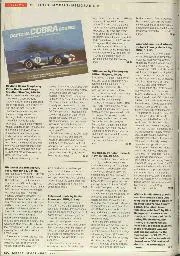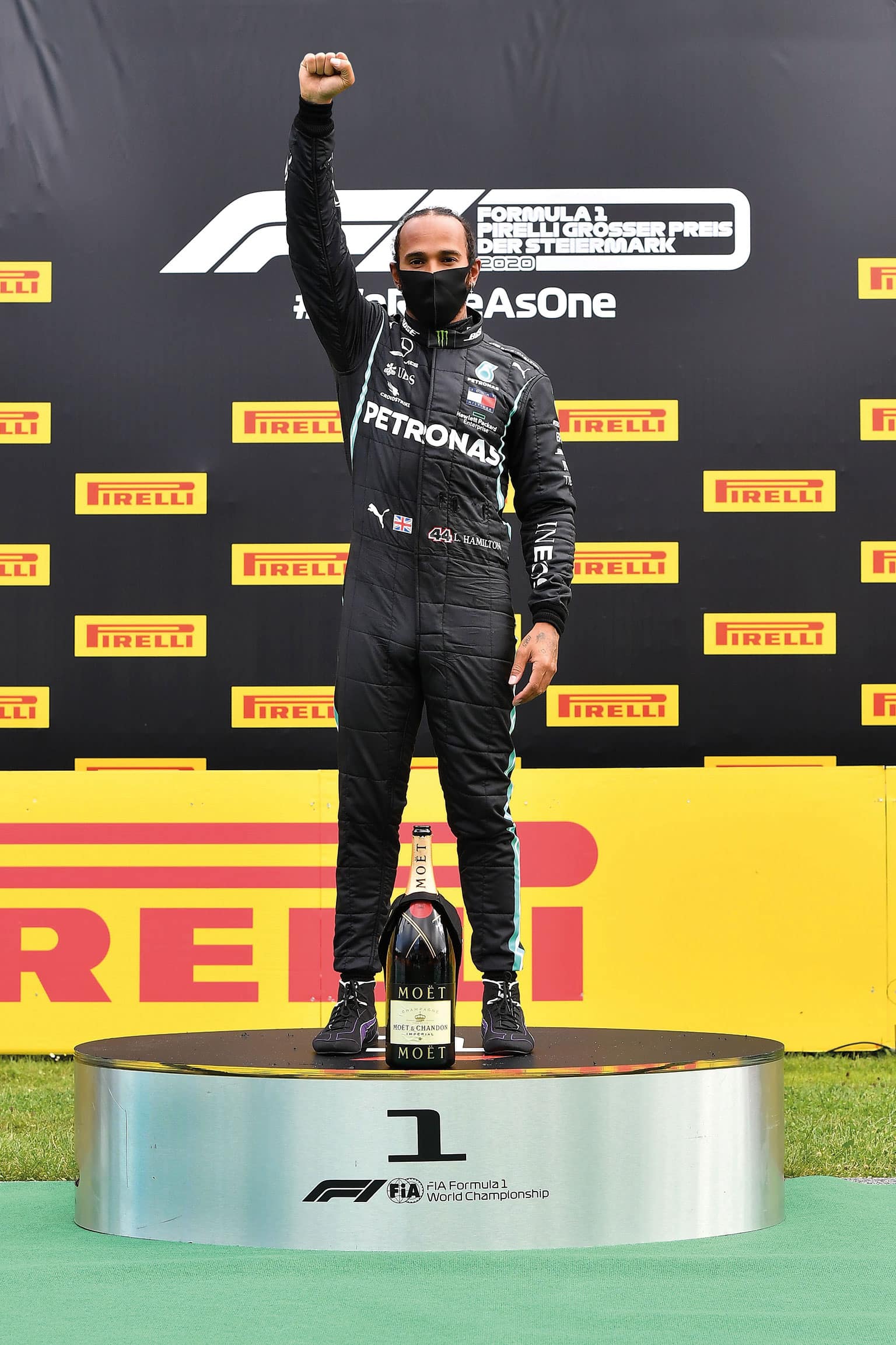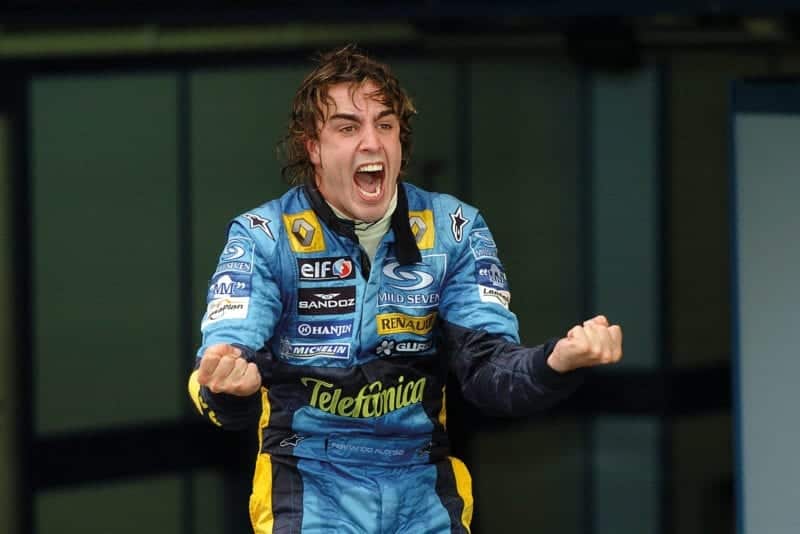
750 Racer
750 Racer, by Peter Herbert. Haynes/PSL, £17.99. This is a book that describes how you might make and race a lowcost sports/racing car. The author has worked in collaboration with…

Getty
Perhaps the most unpredictable season in Formula 1 history finally burst into life with two blockbuster races in Austria, which were as politically charged as they were fraught on track.
Ahead of both the back-to-back Austrian and Styrian grands prix, the F1 community made strong political statements of the paddock’s support for racial equality, with teams and drivers wearing ‘End Racism’ T-shirts on the grid before each race. Many of the field also opted to join reigning world champion Lewis Hamilton in ‘taking the knee’.
Following his dominant Styrian Grand Prix victory, Hamilton stood on the podium with raised first, evoking images of the Black Power salute of African-American sprinters Tommie Smith and John Carlos at the 1968 Olympic Games.
Elsewhere, the F1 driver market went into overdrive before the Styrian GP, with Fernando Alonso reigniting his bid for a third world title by rejoining Renault next year – even if the Spaniard reckons he won’t have a realistic chance of fighting at the front until at least 2022. Alonso, 38, has signed a two-year deal for his third spell at Renault. He will replace McLaren-bound Daniel Ricciardo.
Alonso left F1 at the end of 2018, claiming he had grown tired of being mired in the midfield battle with McLaren and wanted to explore other options in motor sport. Since then, he has won Le Mans twice with Toyota, been part of the Daytona 24 Hours-winning Cadillac Dpi crew, contested the Dakar Rally and is gearing up for his third attempt at the Indy 500 this August.

Alonso won two world titles with Renault, and is now back for a third stint
DPPI
While his choice to rejoin Renault – a team currently behind McLaren in F1’s ‘Class B’ pecking order – appears strange, Alonso explained that the incoming technical and financial rules gave him hope that the competitive order would finally be evened out.
F1 will introduce its new-generation cars in 2022, having agreed to delay the switch by a year in the face of the coronavirus pandemic. A new cost cap will come into force from next season however, limiting teams’ spending to $145m for next season, before reducing that further to $140m for 2022 and $135m beyond that. This represents a significant drop for the sport’s big three, with Mercedes, Ferrari and Red Bull all spending around $200m.
Alonso said he liked the way the sport was heading: “I’ve not been underground for two years, I’ve been watching [F1] and I know only one team will win in 2020 and will in 2021, probably. But I think the 2022 rules will hopefully bring some fairness to the sport and make things a bit more equal – hopefully bring the teams more level with less scope to invent anything that has a large performance advantage.
‘I’m happy, I’m relaxed. I’m aware of what 2021 will be, and I’m hopeful of 2022. This is a matter of building something together that you trust has the capabilities, has the facilities, has the investment. I found all those ingredients in Renault.”
The deal also raised the question of age in the sport, with Alonso due to turn 40 during that 2022 campaign. Renault operates one of the sport’s most successful junior driver programmes and currently has Formula 2 drivers Guanyu Zhou and Christian Lundgaard in the second tier.
Renault Sport head Cyril Abiteboul defended the choice to go with Alonso over one of the academy graduates.
“I expect after our decision to rejoin with Fernando [this] could be seen as a lack of loyalty towards our own project of the Renault Sport Academy,” he said. “I want to be extremely clear that it is not. The plan of the academy was to be able to have a driver joining Formula 1 in 2021, and who knows, this may be the case.”



